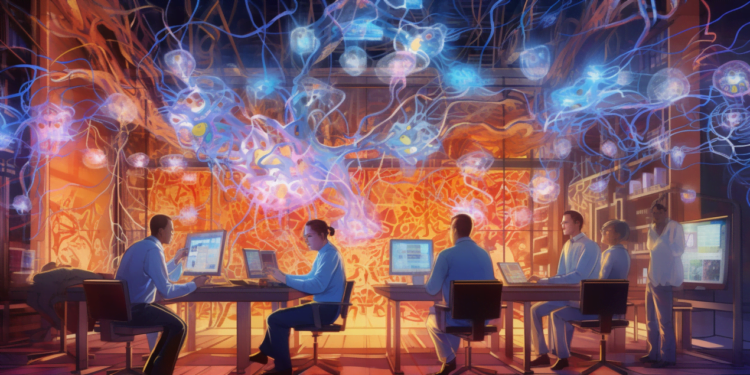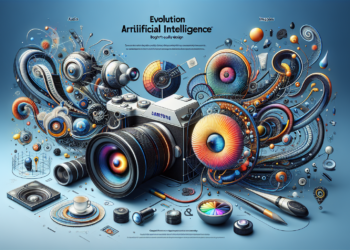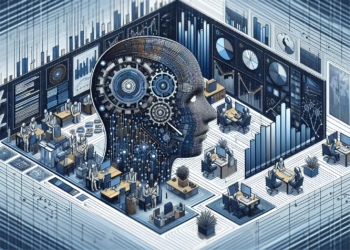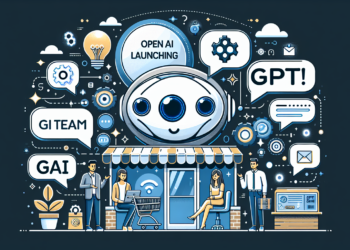Introduction to the State of the Art in Natural Language Models
The understanding of the underlying mechanisms that encourage the behavior of natural language models (NLMs) is an issue that currently stands at the forefront of artificial intelligence (AI). OpenAI, a pioneer in creating NLMs like GPT-3, has directed its efforts toward explainability and in-depth understanding of the neuronal interaction that leads to the impressive capabilities of these systems.
Fundamental Theory and Focus on Neurons
Traditionally, language models are based on deep neural networks that learn distributed representations of natural language. The transformation from simple word vectors to structures such as Transformers, has enabled these architectures to capture longer sequences and contexts, resulting in more coherent and diverse language generation.
The neuron-level approach involves the post-hoc analysis of neural networks to interpret how models make decisions. Through techniques like feature visualization, specific neuron activations can be observed and associated with particular linguistic functions, such as the understanding of syntax or the inference of meaning.
Recent Advances in Algorithms and Comprehensibility
OpenAI has advanced in the development of tools that allow for a finer understanding of its NLMs. Recently, they have employed methods of attention probing to examine how attention mechanisms direct the process of language generation. They have also tackled strategies like network dissection, which allows for labeling individual neurons according to the roles they play in processing different aspects of linguistic input.
A notable piece of research is the use of the decomposition of attention matrices to identify patterns and structures in the decision-making of an NLM. By breaking down these matrices, researchers can interpret the patterns of interaction and how they led to a specific output.
Emerging Practical Applications
With a deeper understanding of neuron functions in NLMs, OpenAI has the capability to fine-tune these models for highly specialized applications. For example, in the field of medicine, the ability to interpret technical language with high reliability is crucial. An explanatory NLM model could ensure that it not only generates text with medical precision but also can trace how it reached those conclusions.
In code generation, understanding neuronal behavior can improve software production, allowing the model to incorporate design considerations and algorithmic patterns more effectively. This not only increases the functionality of the generated software but also provides insights into best practices and emerging trends in programming.
Comparison with Previous Work and Projection to Future Innovations
While previous work on NLMs focused on quantitative performance, OpenAI now emphasizes qualitative transparency. This paradigm shift moves AI research from obtaining impressive outcomes to building models that experts can understand and trust.
The projection toward the future is oriented toward even larger and more complex models, but with the ability to validate their internal processes. OpenAI anticipates that with the capability of explanation, it would be possible to design NLMs that auto-correct errors and offer real-time explanations of their reasoning.
Case Study: Detailed Analysis and Real-World Situation
A specific example of these practices is the study of the GPT-3 model in the context of generating legal summaries. OpenAI has explored how neurons activated during the generation of legal text correspond to relevant legal knowledge. This has involved a detailed analysis of attention sequences and cross-validation with subject matter experts.
The detailed introspection of each neuron’s behavior, its interpretation, and the way they contribute to the final result offer a unique opportunity to create AI technologies that act as legal assistants with a reliable and comprehensible basis.
Conclusion
OpenAI’s technological vanguard in explaining the behavior of neurons in NLMs represents a step towards AI systems that not only demonstrate extraordinary linguistic capabilities but also exhibit an internal structure that is logical and comprehensible. Such progress, rooted in detailed and advanced knowledge, not only catalyzes innovation but also builds the necessary trust for the adoption of AI in critical and specialized fields.






















